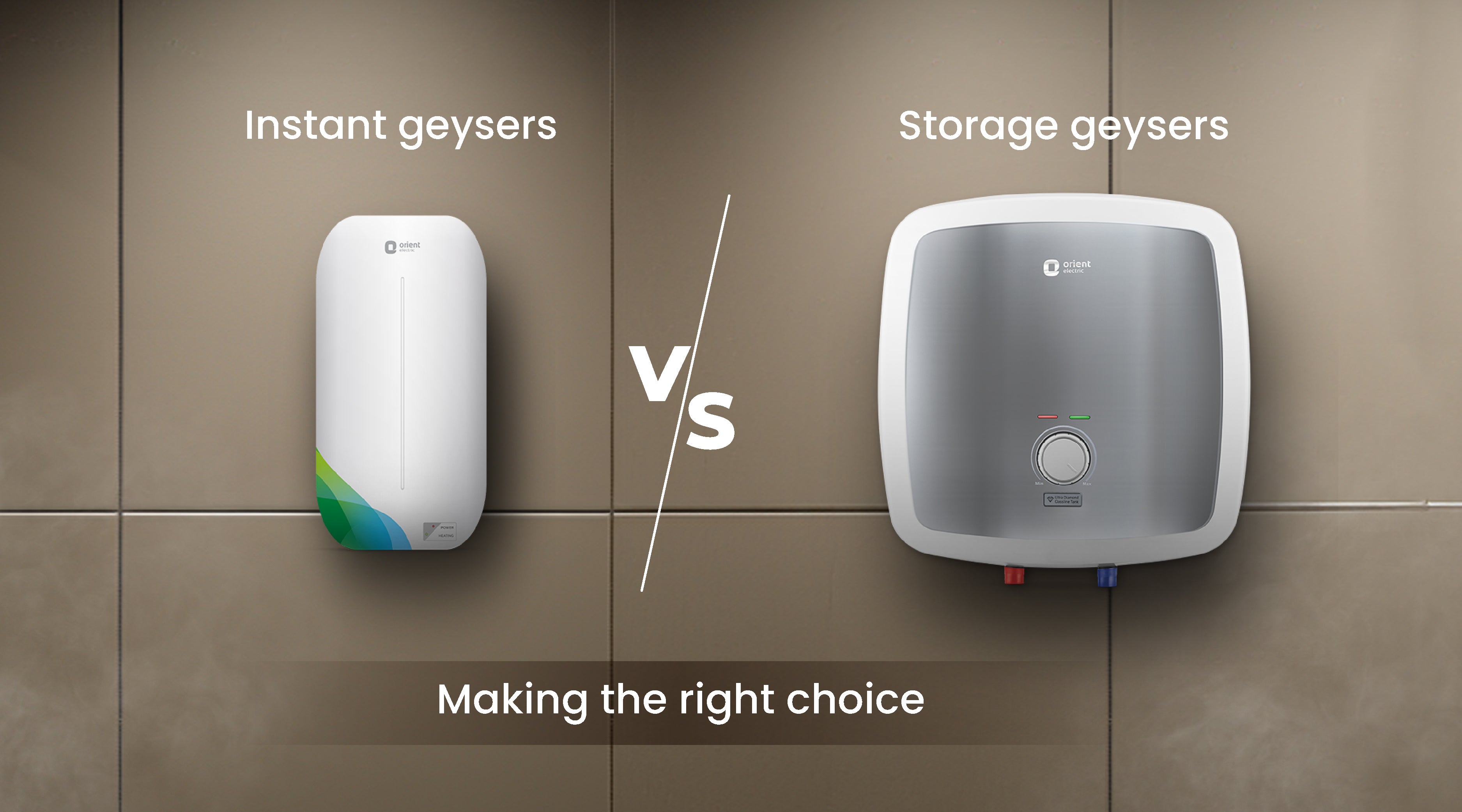Compare geyser sizes before installing a new unit.
Compare geyser sizes before installing a new unit.
Blog Article
Just how to Select the Right Geyser to Take Full Advantage Of Energy Performance in your house
From recognizing the different kinds of hot springs, to examining their energy efficiency scores and thinking about positioning approach, each choice plays a vital function in optimizing effectiveness. Allow's embark on this journey to discover just how to make the most informed choice for a hot spring that will certainly decrease your energy expenses while guaranteeing optimal performance.

Recognizing the Different Kinds Of Geyser
While there are various kinds of hot springs offered on the market, understanding the distinctions between them is essential for energy effectiveness (geyser sizes). The initial kind, storage hot springs, are the most typical and store warm water in a container for use when required. They are available in different capacities and are generally energy-efficient, yet they can shed warm when not being used
The 2nd type is the tankless geyser, which heats up water as needed, leading to much less power waste but needing a higher preliminary power draw. Third, there are heatpump hot springs that utilize electricity to move warm from one area to another rather than generating warm directly. They can be 2 to three times extra energy effective than standard storage hot springs. Last but not least, solar geysers make use of solar power to warm the water, making them the most energy-efficient but additionally the most costly.
Analyzing Your Family's Warm water Needs
Before diving into the acquisition of a hot spring, it is pivotal to examine the warm water needs of your house. This analysis should think about countless aspects including the number of family participants, frequency of warm water use, and the number of warm water outlets in the home (geyser sizes). A little family members with infrequent warm water use may require a smaller, much less effective geyser contrasted to a larger household with numerous day-to-day warm water needs
The sort of home appliances that need hot water likewise play a significant function. Dishwashers and cleaning devices, as an example, might require even more warm water than an easy shower or kitchen sink. Particular tasks such as bathing or cleaning additionally influence the frequency and quantity of warm water needed.
Evaluating Energy Performance Rankings of Geyser
Having examined the warm water requirements of your home, it's essential to turn your interest to the energy performance scores of hot springs. These rankings, normally provided as Energy Aspect (EF), show a geyser's total energy efficiency based upon the quantity of warm water created per system of gas consumed over a common day. The greater the EF, the much more reliable the water heater.

Factors To Consider in Geyser Size and Positioning
Beyond power efficiency scores, the dimension and positioning of your geyser are critical components to think about. The size of the geyser should line up with your house's warm water needs. A little geyser may make use of much less power yet may not give adequate hot water for several usages at the exact same time, whereas a larger system can meet higher need but might take in even more power.
Hot springs need to be mounted close to factors of use to lessen warmth loss during water transport. In addition, considering thermal insulation, a hot spring situated in a warmer location sheds much less heat and therefore uses less power to maintain the water temperature level.
Price Analysis: Stabilizing Initial Financial Investment and Long-Term Financial Savings
While dimension and placement unquestionably play significant roles in a hot spring's energy performance, one must not forget the financial facet. When taking into consideration the first investment, the rate of energy-efficient geysers can be more than common models. However, the enhanced in advance price can be balanced out by long-term energy financial savings, making it a rewarding financial investment in the future.
Analyzing lasting savings calls for an understanding of the geyser's power score. A home appliance with a higher score will take in much less energy, equating to reduced utility expenses over time. In addition, federal government incentives and rebates for energy-efficient devices can additionally aid redeem initial expenses.
Lastly, maintenance and life expectancy must be factored in. Energy-efficient geysers more tips here often have longer life expectancies and lower maintenance expenses, contributing to overall cost savings. As a result, when balancing initial financial investment and long-term savings, one need to take into consideration not only the acquisition price but likewise energy consumption, federal government motivations, and maintenance costs.

Verdict
Picking an energy-efficient geyser calls for mindful factor to consider of various elements. These consist of comprehending the sorts of geysers, examining your household's warm water requirements, assessing power read this article performance ratings, and computing price advantages. The right geyser size, positioning, and insulation can substantially reduce energy costs and environmental effect. Making a well-informed selection can lead to significant long-lasting financial savings, making it a rewarding financial investment for your home.
Report this page